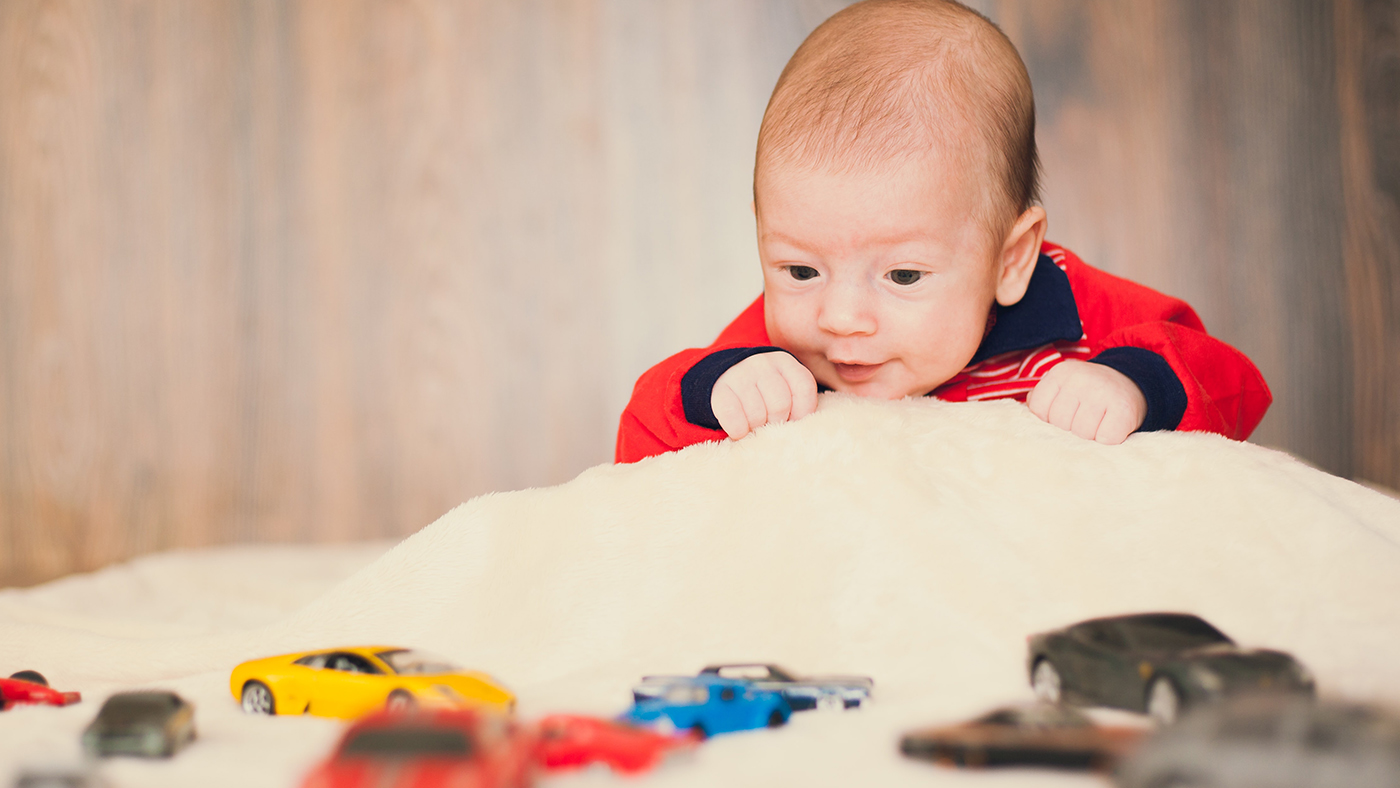Pulls themselves into a standing position

Your baby has been experimenting with moving and has most likely been weightbearing on their feet, whilst an adult holds them in position. Their muscles are becoming stronger and they are probably keen to elevate themselves into a standing position without support.
Before now, it is likely that your baby has been supported to stand on both legs whilst using a piece of furniture to support them. During these times, your baby’s legs will have extended and locked into a straight position. [1]
Your baby may well crawl to an object and sit on their knees before pulling themselves up to their desired object. The hip muscles help support the knees in elevating the body upwards and the legs will move up simultaneously.[2] It is highly likely that your baby will get tired legs quite quickly when they first start to pull themselves up and they will fall back to the floor.
When standing in an elevated position, your baby will flex their legs whilst they try to maintain balance. Their movements may be jerky but this is normal whilst they are figuring out the position their legs need to be in.
You may hear your baby screaming when they are in standing position. This is most likely to be out frustrations, not pain. It is far more difficult for your baby to get back down from a standing position and they may be stuck. Your baby may typically fall or collapse to the ground so try to make sure the place where they are standing is safe.
Where possible, it is helpful for your baby to have support when sitting back down again. The more practice they can get, the quicker they will begin to gain muscle memory of how the movement should feel.
What next
Your baby will become more confident to stand and sit down by themselves. You might begin to see the next step of cruising coming into action as your baby navigates themselves sideways using larger pieces of furniture.
References:
[1] Formiga, C.K.M.R. & Linhares, M.B.M. (2015) Motor Skills: Development in Infancy and Early Childhood. Elsevier Ltd. International Encyclopedia of the Social & Behavioral Sciences, Second Edition, 2015, 971–977. Available online at: https://www.researchgate.net/publication/304191163_Motor_Skills_Development_in_Infancy_and_Early_Childhood
[2] Adolph, K. E. & Berger, S. E. (2015). Physical and motor development. In M. H. Bornstein & M. E. Lamb (Eds.), Developmental science: An advanced textbook, (7th ed., pp. 261-333). New York: Psychology Press/Taylor & Francis Available online at: Physical and motor development